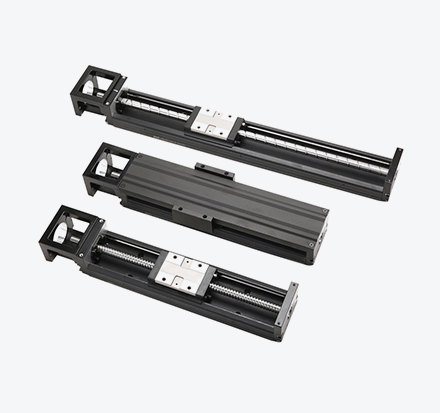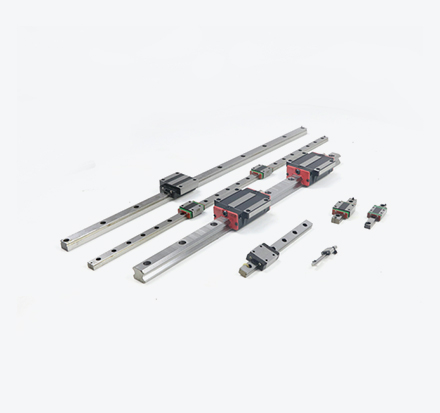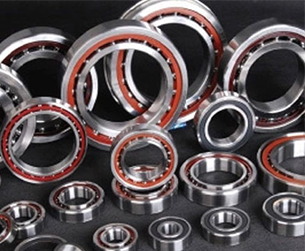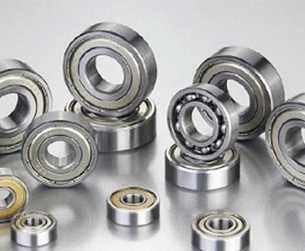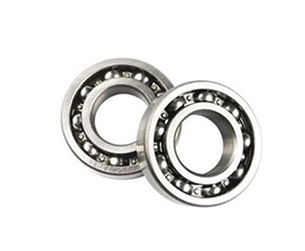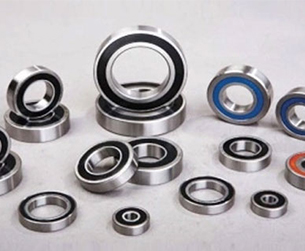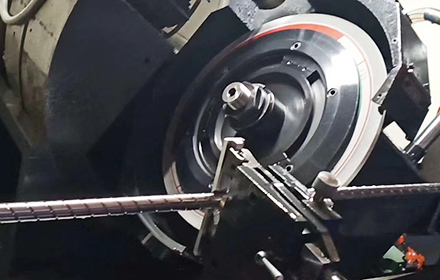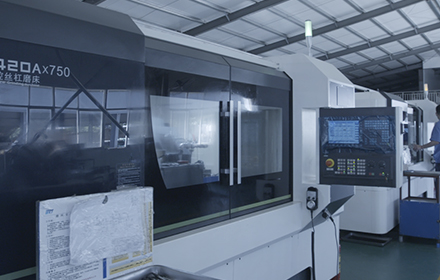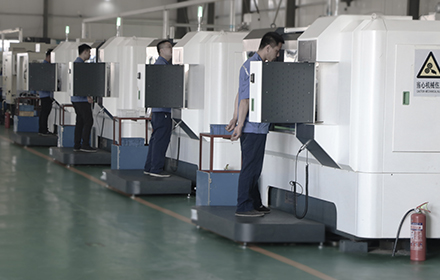How Angular Contact Ball Bearings Work
At VXO Angular Contact Ball Bearings Factory, we take pride in our expertise in manufacturing top-of-the-line angular contact ball bearings. Understanding how these bearings work is crucial for making informed decisions about their applications. Angular contact ball bearings are designed to handle both axial and radial loads simultaneously, making them a versatile choice for a wide range of industrial applications.
The secret to their efficiency lies in their unique geometry and contact angle. Unlike traditional ball bearings that provide load capacity primarily in the radial direction, angular contact ball bearings feature a contact angle between the balls and the raceways. This angle allows the bearings to efficiently distribute axial and radial loads, resulting in enhanced load-carrying capacity and smoother rotation.
In Which Direction Do Angular Contact Bearings Provide Load Capacity?
Angular contact ball bearings provide load capacity in both axial and radial directions. The contact angle between the balls and the raceways determines the distribution of the loads. In a single row angular contact bearing, the contact angle is typically between 15 to 40 degrees. This angle enables the bearing to carry both axial and radial loads simultaneously.
Do Angular Contact Bearings Need Preload?
Preload in angular contact ball bearings is essential to eliminate internal clearance and ensure proper operation in high-precision applications. Preload is achieved by applying a slight axial force to the bearing during assembly. This eliminates any internal play, resulting in improved rigidity and reduced vibration during operation. At VXO Angular Contact Ball Bearings Factory, we provide a range of preload options to suit various application requirements.
How Do Angular Contact Ball Bearings Handle Both Axial and Radial Loads Simultaneously?
The ingenious design of angular contact ball bearings allows them to handle combined axial and radial loads with ease. The contact angle between the balls and the raceways ensures that the bearings effectively distribute the applied forces. When axial load is present, the contact angle results in a line of contact, enabling the bearing to support the axial load. Simultaneously, the bearings maintain radial contact to support radial loads. This unique load-carrying capability makes angular contact ball bearings ideal for applications in which both types of loads coexist.
Can Angular Contact Ball Bearings Be Used in High-Speed Applications? What Are Their Speed Limitations?
High Speed Angular Contact Bearing excels in high-speed applications due to their low friction and optimized design. At VXO Angular Contact Ball Bearings Factory, we utilize advanced materials and precision manufacturing techniques to enhance the bearings' speed capabilities. However, like all mechanical components, angular contact ball bearings do have speed limitations. The bearing's speed rating is influenced by factors such as the bearing size, contact angle, lubrication, and operating conditions. It is crucial to consider the specific speed requirements of the application and select the appropriate bearing design and lubrication to ensure reliable and efficient operation.
How Do Angular Contact Ball Bearings Contribute to the Precision and Reliability of Robotic Systems in Various Industries?
Robotic systems demand precision, accuracy, and reliability. Angular contact ball bearings play a vital role in achieving these qualities in robotic arms and joints. The bearings' ability to handle combined axial and radial loads ensures smooth and precise motion, allowing robots to perform delicate tasks with utmost accuracy. Additionally, the preload feature minimizes backlash and deflection, improving the repeatability of robotic movements. In industries such as manufacturing, healthcare, and aerospace, robotic systems equipped with VXO angular contact ball bearings demonstrate enhanced performance and efficiency.
How Do Angular Contact Ball Bearings Differ from Thrust Bearings, and When Should Each Type Be Used?
Angular contact ball bearings are often confused with thrust bearings due to their ability to handle axial loads. However, they serve different purposes and are designed differently. Thrust bearings are designed to support axial loads only and do not have the capability to handle radial loads. On the other hand, angular contact ball bearings can handle both axial and radial loads simultaneously.
The selection between angular contact ball bearings and thrust bearings depends on the specific application requirements. When an application involves combined axial and radial loads, angular contact ball bearings are the ideal choice. For applications where axial loads are predominant, such as in axial pumps or gearboxes, thrust bearings are more suitable.
At VXO Angular Contact Ball Bearing supplier, we take pride in our expertise and dedication to delivering high-quality bearings that cater to the diverse needs of our clients. Our angular contact ball bearings provide the perfect blend of precision, load-carrying capacity, and reliability, making them the preferred choice across various industries. Whether it's powering the robotic arms in an advanced manufacturing facility or supporting the rotating components in heavy machinery, our bearings play a pivotal role in enhancing performance and efficiency. Trust VXO Angular Contact Ball Bearings Factory to unlock the power of precision engineering in your mechanical systems.
 English
English



